William Edwin Goodman
View William Edwin on the Commonwealth War Graves Commission website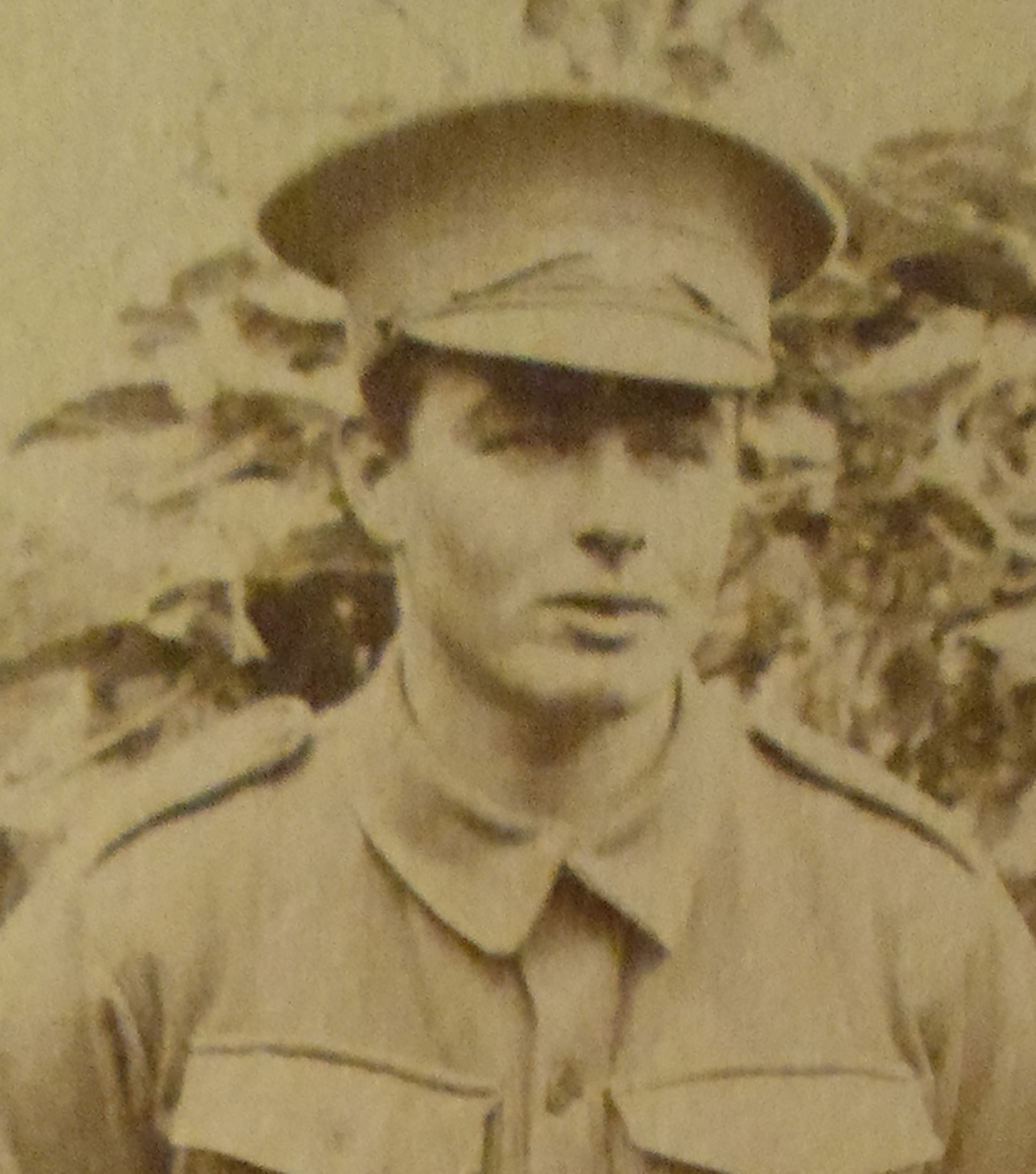
Known information
William Edwin Goodman was born in Whissendine in the summer of 1896, the son of Garner and Ada Goodman. According to the 1901 census the family were living at 15 Ashwell Road, but by 1911 William had moved to help his aunt and uncle run their post office in Kings Lynn in Norfolk. On 9 May 1912, the 15 year old William emigrated with his family to Sydney in Australia where his father worked as a carpenter and joiner. He joined up on 11 January 1916 with Australian records showing he was working as a labourer. It looks as if he might have exaggerated his age because the papers state he was 21. William went to France with the Australian Imperial Force, embarking on HMAT Barambah on 23 June 1916. He fought with the 35th Battalion AIF and on 24 May 1918 he was wounded by shell fire at Villers-Bretteneux, northern France, and died three days later at the 47th Casualty Clearing Station at Crouy. William is buried in Crouy British Cemetery, grave II.E.1. His headstone gives his age as 21. William is not remembered on any war memorial in Rutland but is on the war memorial in Mosman Methodist Church, Sydney. His father Garner also fought with the Australians in the First World War, joining up aged 42, three months after his son. He survived. In a handwritten letter that his surviving family still have, one of the officers he served with wrote "Please accept my heartfelt sympathy in your great loss. His comrades here join with me in extending their sincere sympathy. We all mourn the loss of one of the grandest and best of comrades. A brave and gallant soldier."
With thanks to William Goodman's great great nephew David Phillips for the photo of William with a colleague and the handwritten letter. Extra details come from mosman1914-1918.net a website dedicated to the wartime experiences of people from Mosman, Sydney, New South Wales.

|
Do you know something about William Edwin that hasn't been mentioned? You can add any new information and images as a contribution at the bottom of this page. |













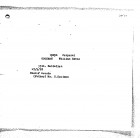
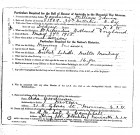
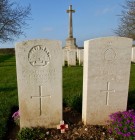
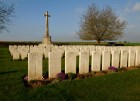
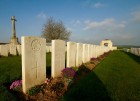

.png)
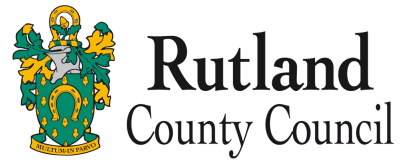

.jpg)





Please wait